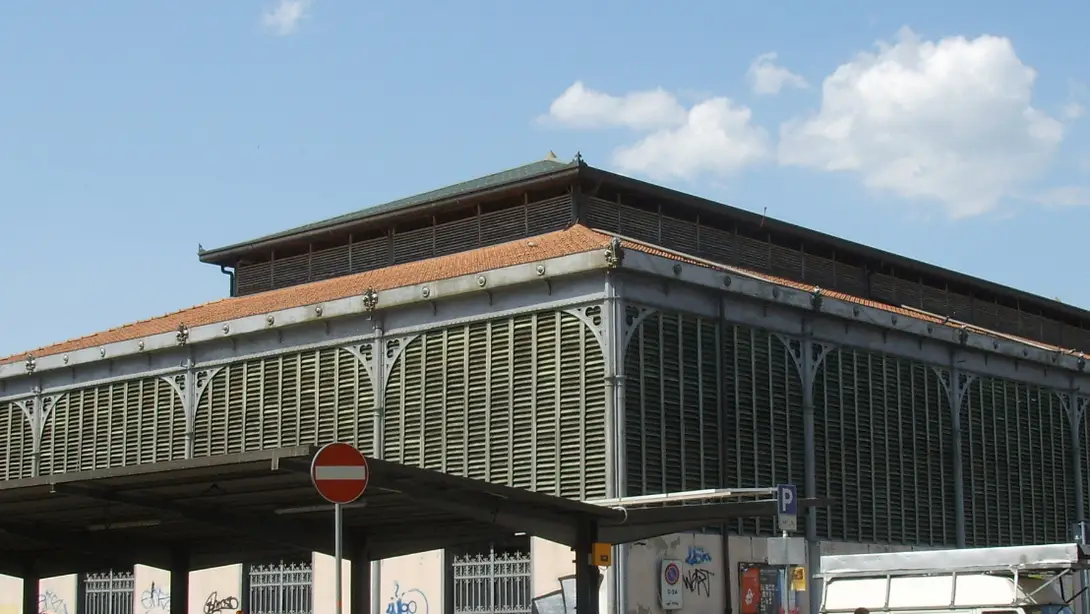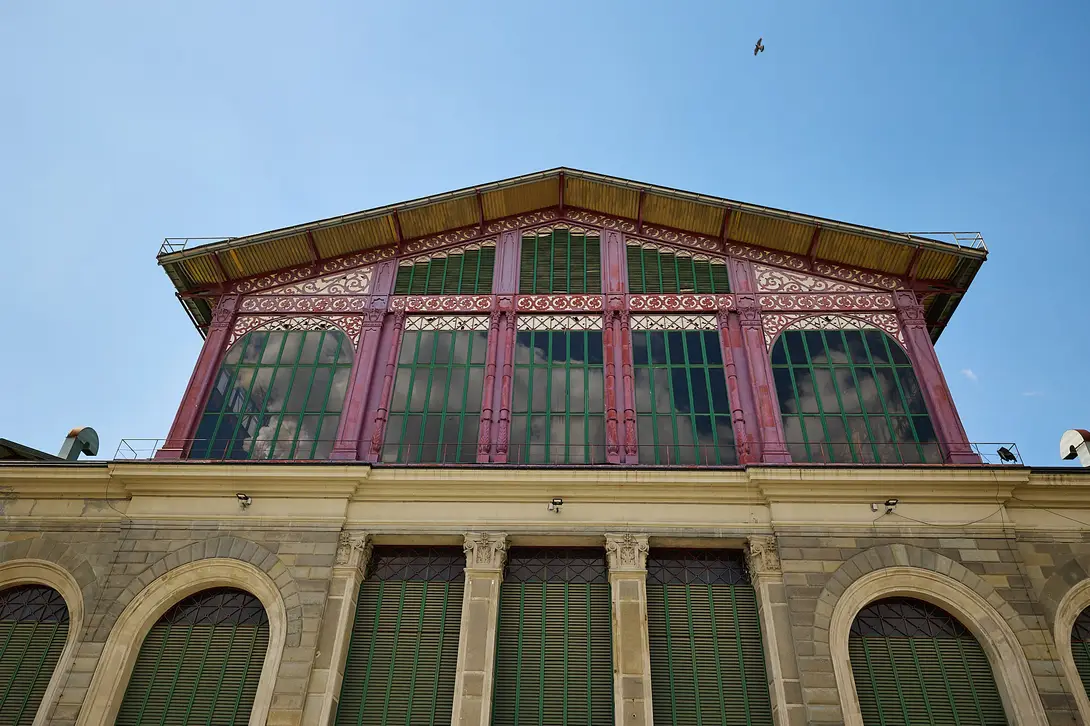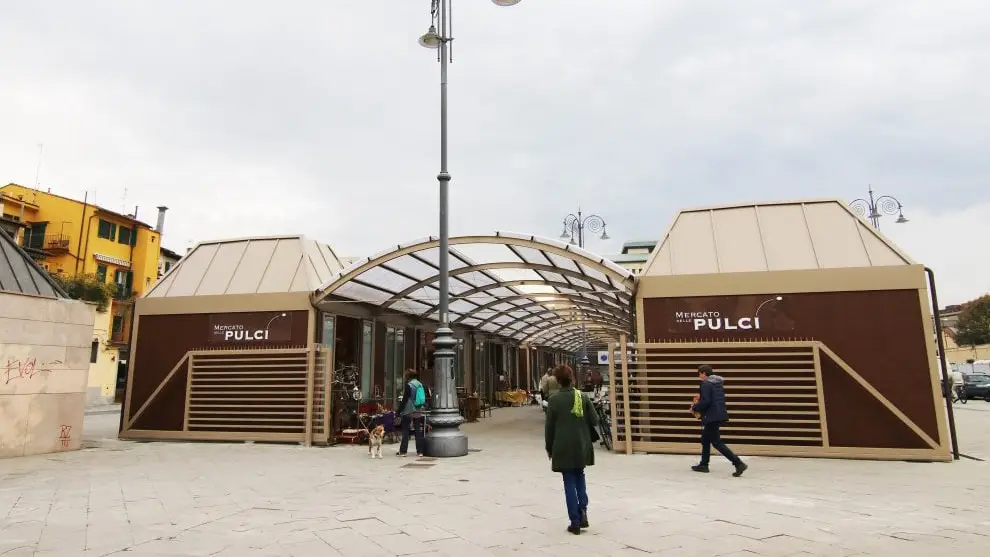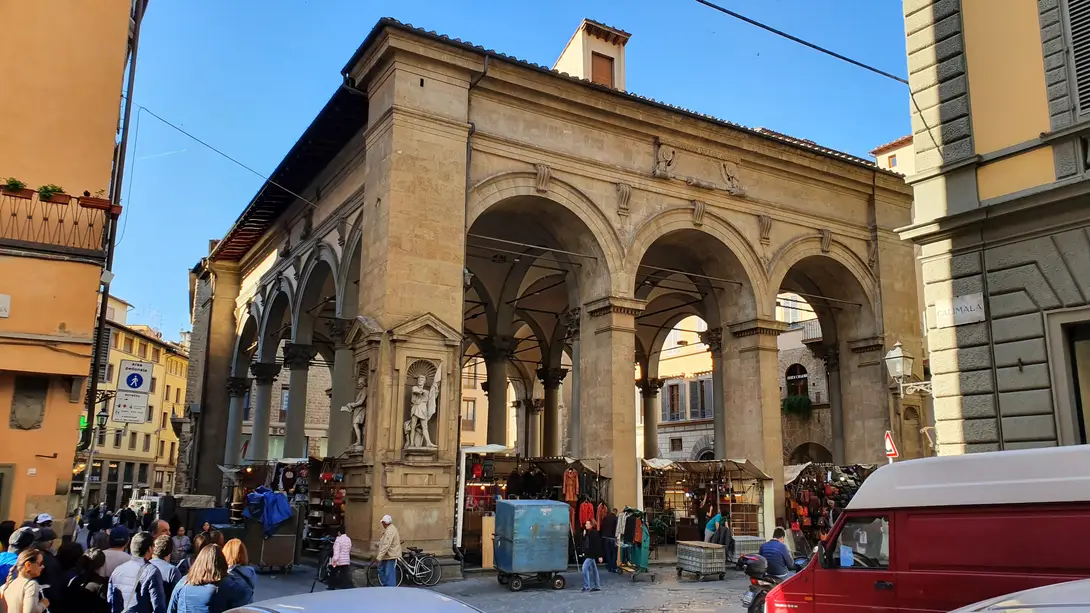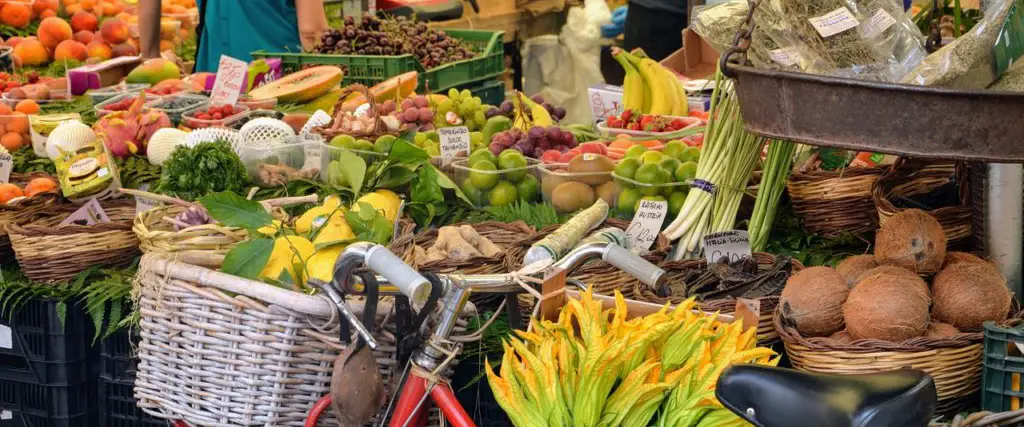
The markets of Florence
The historic food markets
There are two historical markets in the city, the central market of San Lorenzo and that of Sant'Ambrogio. They are among the most lively and real places in the life of the centre of Florence, where the charm of the typical atmosphere of the markets is combined with the prestige and historical value of the venues that host them. They were born at the time when Florence was the capital of Italy, built between 1870 and 1874 to replace the Mercato Vecchio, already in the area of what is now Piazza della Repubblica, which was ‘redeveloped’ during that period.
The Central Market of San Lorenzo, whose remarkable 19th century building is easily recognizable, is completely dedicated to food. On the ground floor are the food stalls for retailers, while the first floor, recently renovated, houses shops, restaurants and cafeterias according to a rather innovative concept.
The Sant'Ambrogio Marketis located in the lively district of Sant'Ambrogio (next to the homonymous church) that has managed to preserve its identity, opening up to new trends as well.The structure reminds, even if on a small scale, of the Central Market. You can also eat inside this market.
The other markets
Around the buildings of these two food markets there are also numerous stalls selling various products. Particularly touristy is the so-called little market of San Lorenzo. The goods sold at the splendid Loggia del Mercato del Porcellino (or Straw Market), near Piazza Repubblica, are also touristy.
Not to be missed is the Mercato delle Pulci (Flea Market), in its new location in Piazza Annigoni, replacing the historic one in Piazza de' Ciompi: it is open every day and on the last Sunday of the month it extends to the surrounding streets with antique stands. The Mercato delle Cascine is traditionally held on Tuesday mornings: an infinite number of stalls (clothing, fruit and vegetables and much more) follow one another for kilometres, parallel to the Arno. Visit theFierucole ‘rural markets’, held periodically between Piazza Santo Spirito (third Sunday of the month) and Santissima Annunziata, with products made using natural methods.
For lovers of plants and flowers, in addition to the weekly market under the arcades of Piazza Repubblica (Thursdays until 5 p.m.), we would like to point out the large market-exhibition of Plants and Flowers at the Giardino dell'Orticoltura (traditionally from 25 April to 1 May and the first weekend in October). During the Christmas period, the traditional ‘German market’ takes place in Piazza Santa Croce, which includes numerous food stands. In addition, district markets are held daily in all districts of Florence, even the most peripheral ones.
As far as antiques markets are concerned - in addition to the world-famous and emblazoned Biennale Internazionale dell'Antiquariato at Palazzo Corsini - we recommend the local markets in: Piazza Santo Spirito (second Sunday of the month), Piazza Indipendenza (third weekend of the month), Piazza Savonarola (first Sunday of the month).
For lovers of handicraft markets, two major events held annually in Florence are not to be missed, such as the International Handicrafts Trade Fair at the Fortezza da Basso and Artigianato e Palazzo, held in the Garden of Palazzo Corsini
Comune di Firenze
The places
Stages
Sant'Ambrogio Market
The covered market of Sant'Ambrogio hosts food shops and like the San Lorenzo market dates back to the end of 19th century when a complete new design of the historic centre has been put on.
In 1860 Florence became the new capital of the Kingdom of Italy and took on its present appearance, clearly inspired by the great European capitals, Paris first.
The construction of new markets was the main project of the new concept of the city. The market of Sant' Ambrogio, built in the large vegetable garden in the block beyond Santa Croce towards the walls, with a cast iron structure, was inaugurated in 1873 about a year before than San Lorenzo market.
The covered market is the very beating heart of the neighbourhood; outside the building all around the market more stalls can be found with different items such as flowers, clothes, household objects.
San Lorenzo Market - Mercato Centrale
The San Lorenzo Market is very popular for those, tourists and not, who are looking for food and wine experiences. In this building there are two markets, corresponding to the 2 floors:
- Ground floor:fruits, vegetables, meat, fish and bread sellers. You also have the chance to taste on site.
- First floor: the "Mercato Centrale" hosts delicatessen shops and restaurants with different vocation, in an open space, until midnight.
The complex building has an imposing stucture (made of iron, cast iron and glass) built in the 19th century when a complete new design of the historic centre has been put on. Between 1865 and 1871, infact, Florence became the new capital of the Kingdom of Italy and took on its present appearance, clearly inspired by the great European capitals, Paris first.
The Market was built in a wide area (within: Via dell’Ariento, Via S. Antonino, Via Santa Chiara and Via Panicale) destroying the existing residential structures. The interesting project was by Giuseppe Mengoni (the same author of the Vittorio Emanuele Gallery, in Milan), and it was inaugurated in 1874 during an International Agricultural Exhibition.
Mercato delle Pulci - Flea Market
The Mercato delle Pulci (Flea Market) recently moved in this new location: Piazza Annigoni.
Small antiques market, Vintage selection, Modern/antiques. Stands of second-hands books. Various publications of the twentieth century even pre-1950s. Vinyl.
Mercato del Porcellino
There are three names by which this place is known: Loggia del Porcellino (from the famous bronze animal - actually not a piggy but a wild boar - a copy of the seventeenth-century original by Tacca in the Stefano Bardini Museum), Loggia del Mercato Nuovo ("the new market" to distinguish it from the old one, which was located in what is now Piazza della Repubblica) and the Straw Market (traditional Florentine straw hats were sold there starting from the 19th century).
The architectural structure, the work of Giovan Battista Del Tasso (1550), is decorated in the corner niches with three nineteenth-century sculptures representing illustrious men from Florentine history: Michele di Lando, protagonist of the famous Ciompi Riots (the "minor" wool workers) of 1378; Giovanni Villani, well-known Florentine historiographer of the fourteenth century; Bernardo Cennini, pioneer of Florentine typography.
In addition to being a place dedicated to military functions, it was originally the site of the silk and other precious fabrics market. On the floor, in the center of the loggia, there is the so-called Scandal Stone, where insolvent debtors and traders were punished.
Today the Loggia hosts a tourist market (one of the most visited markets of Florence) selling mostly leather goods and souvenirs.
